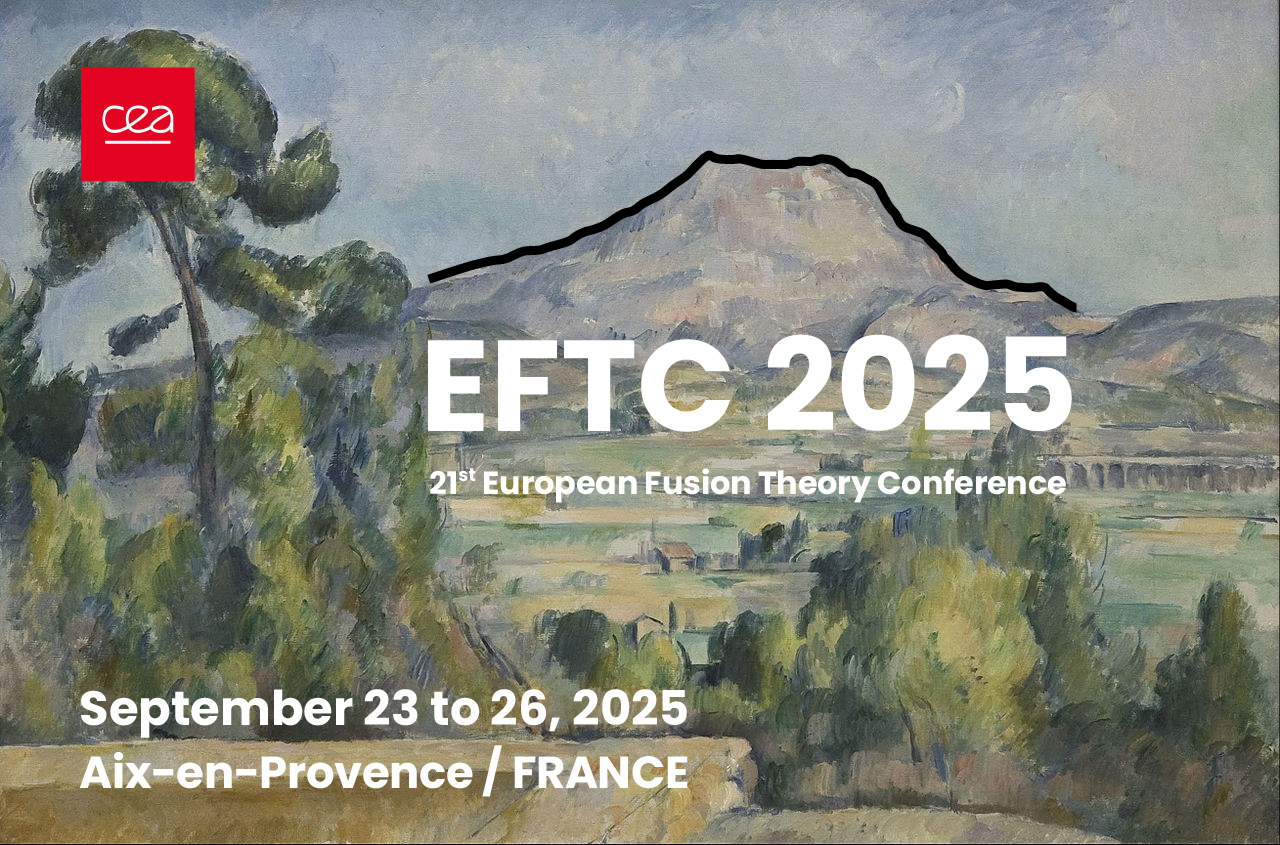Speaker
Description
Magnetic confinement fusion experiments require high $\beta=\langle p\rangle/(B^2/2\mu_0)$, the ratio of plasma pressure to magnetic pressure, to access high performance. Moderate $\beta$ can be beneficial for ion-temperature-gradient (ITG) driven turbulence. Typically, however, as $\beta$ is increased above a certain threshold, the so-called kinetic-ballooning-mode (KBM) [Tang 1980] can be destabilized. This is a plasma pressure gradient-driven instability which is inherently electromagnetic and can lead to strong outward-directed heat fluxes [Mishchenko_2022], degrading plasma confinement in the process.
While, linearly, KBMs have been successfully studied in the stellarator Wendelstein 7-X with flux-tube simulations [Aleynikova 2022], these local approaches are limited in capturing the full structure of KBMs, which often develop global characteristics on the magnetic surface. In this context, global gyrokinetic simulations - such as those performed with the EUTERPE code [Kleiber 2024] - are a particularly suitable tool, as they allow for the investigation of electromagnetic modes with full radial coupling, offering deeper insight into the onset and development of KBMs in realistic geometries.
To begin exploring such global electromagnetic effects, we focused on the UFM configuration of W7-X, which is Mercier unstable from low $\beta$, making it a convenient initial test case for electromagnetic studies. Linear simulations do not show KBMs, but rather temperature-gradient driven electron modes. Nonlinearly, ion-driven heat fluxes are observed to decrease with $\beta$, showing no signs of the flux enhancement due to KBM-like turbulence that has been seen in some flux-tube studies [Mulholland 2023].
Although KBMs do not appear in the numerical study of the UFM, the configuration provides an opportunity to better understand why confinement improves with increasing $\beta$ in other hill-type stellarators, such as W7-AS and LHD. Further studies in magnetic well configurations will follow, but the current results already indicate that high-$\beta$ operation without KBM turbulence may be possible up to $\left<\beta\right> =4.16\%$.

